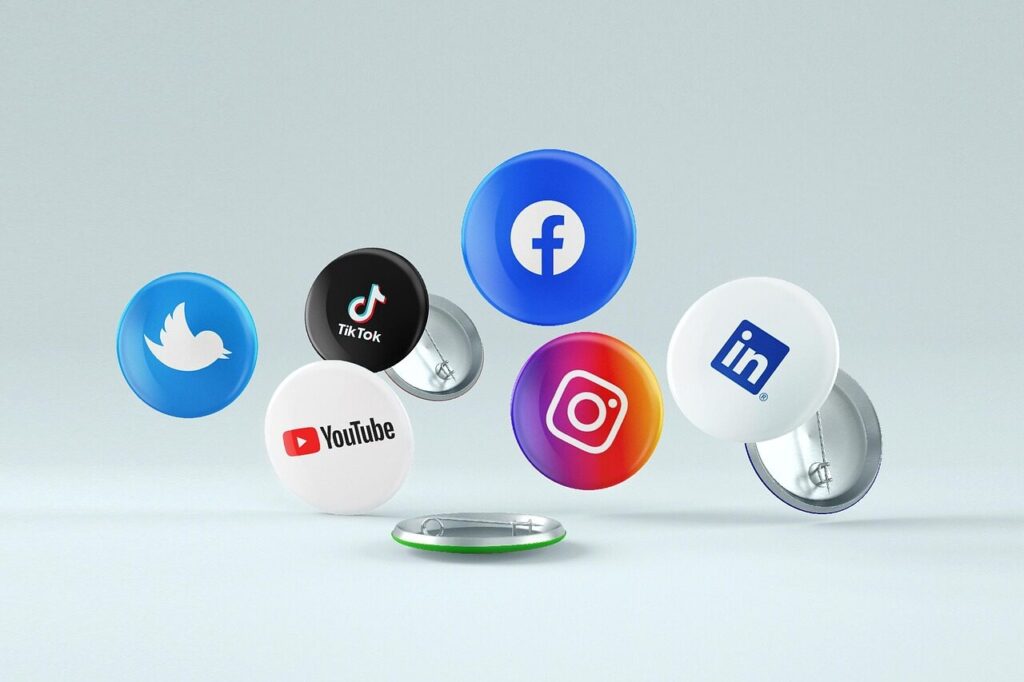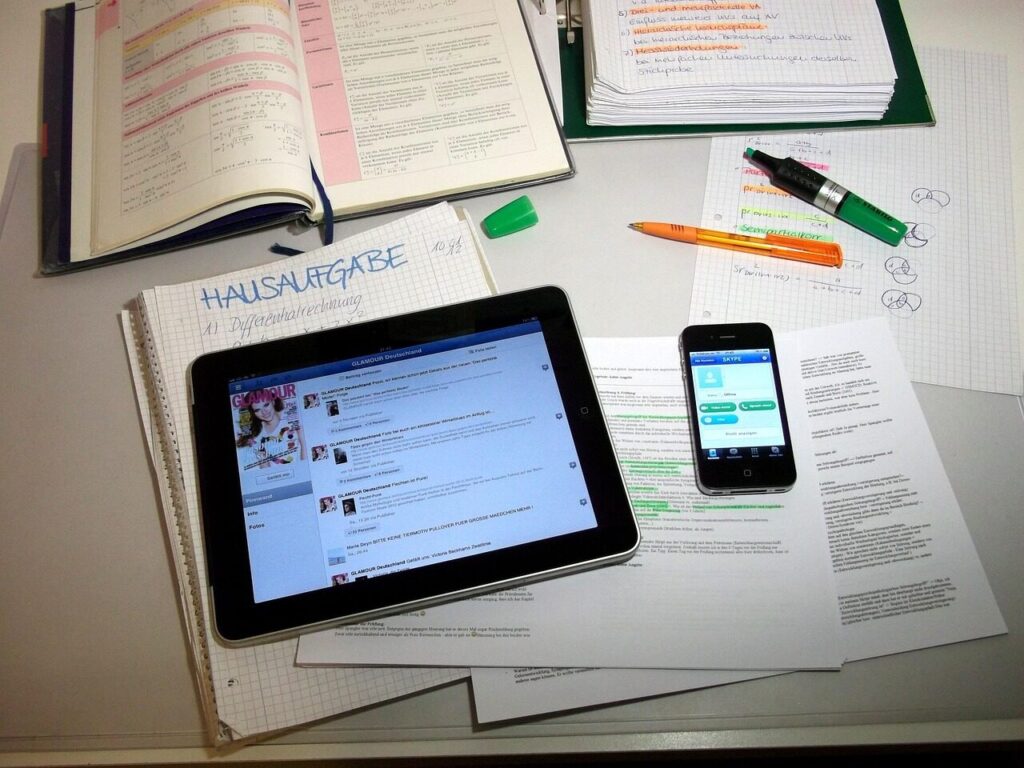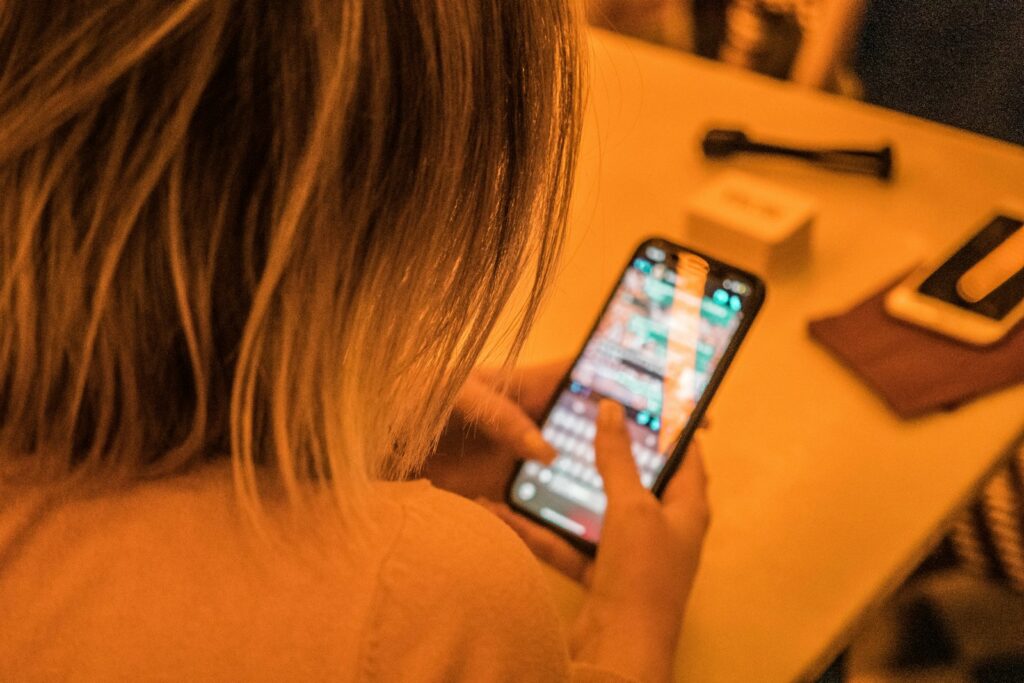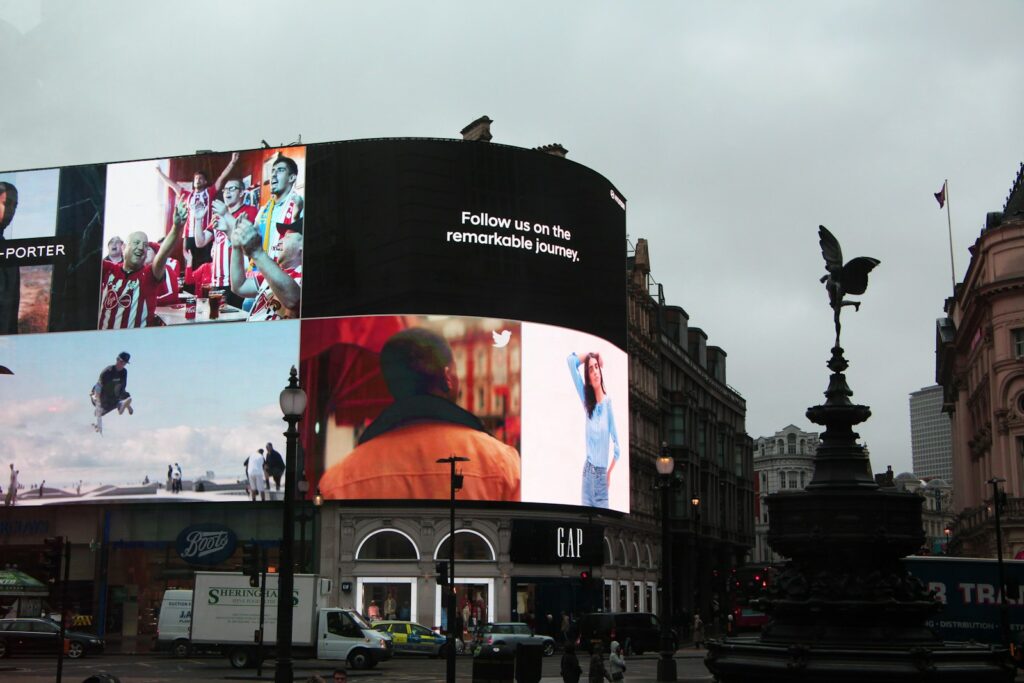Snack culture, once a casual habit, has become a defining part of modern life. From bite-sized videos to mini-meals between meetings, our attention spans and appetites have adapted to a rhythm of quick consumption. It’s not just about chips or cookies anymore; it’s how we approach entertainment, social media, and even learning. The world seems to move faster than ever, and we’ve adjusted by shrinking our experiences to fit. Here are ten signs that snack culture isn’t just a phase, it’s how we now live, think, and connect daily.
1. We Prefer Short-Form Entertainment

Gone are the days when people patiently watched hour-long episodes without distraction. Platforms like TikTok, YouTube Shorts, and Instagram Reels have trained us to crave content in seconds. The endless scroll rewards speed and novelty, not depth. Even traditional media follows suit; trailers, teasers, and “recap” clips dominate feeds. This preference shows how snack culture reshaped attention itself. Instead of savoring long narratives, we now binge dozens of tiny moments, satisfying our curiosity in rapid, digestible bursts.
2. Meals Are Turning into Mini-Events

Dinner tables once hosted conversations and full plates; now, snacks replace formal dining. People grab quick bites during work calls or scroll through social media while eating. Food companies noticed, creating “snackable” portions of nearly everything protein bars, bite-sized fruit packs, and mini cheese cubes. This habit aligns perfectly with on-the-go lifestyles, where convenience outweighs tradition. The ritual of mealtime is slowly being replaced by small, frequent indulgences that mirror how we consume content fast, portable, and momentary.
3. Attention Spans Have Become Microscopic

Studies suggest the average human attention span has shortened drastically over the past decade, and snack culture is partly to blame. The constant flow of quick videos, pop-up notifications, and short articles rewires our brains for instant reward. Long reads or feature films now require effort that feels unnatural. People multitask constantly, switching between tabs or shows mid-watch. In essence, snack culture doesn’t just shape our habits; it trains our cognition to expect immediate stimulation and struggle with sustained focus.
4. Even News Feels Like Fast Food

News once aimed to inform; now, it’s designed to grab attention. Headlines are shorter, visuals brighter, and content summarized in seconds. People often read snippets on social media rather than full articles. Outlets adapt by creating quick “explainers” or 60-second updates. While this keeps audiences engaged, it can also strip away nuance. Snack culture makes us feel informed, but often leaves us with a surface-level understanding, like nibbling on information rather than digesting it. It’s the fast food of the media world.
5. We Shop in Quick Bursts

Impulse buying has flourished in the era of instant gratification. Online platforms encourage “snack shopping,” where customers add small, inexpensive items to carts just for the dopamine rush. Flash sales, limited drops, and “buy now, pay later” options feed the thrill of instant reward. Even grocery stores position snack packs near checkouts to tempt last-minute purchases. Shopping has transformed into entertainment itself, quick, light, and frequent, mirroring our craving for short bursts of pleasure rather than long-term satisfaction.
6. Work and Learning Are Now in Bite-Sized Pieces

Productivity culture mirrors snack culture through short tutorials, microlearning modules, and condensed meetings. Apps like Duolingo and MasterClass thrive because they promise progress in minutes. Attention economics has forced education and training to adapt long lectures to turn into 5-minute videos, and deep discussions to shrink into comment threads. While this accessibility helps busy people stay engaged, it also dilutes the depth of understanding. The modern learner is conditioned to consume knowledge in fragments rather than sustained exploration.
7. Relationships Have Gone Snack-Sized Too

The rise of quick messaging, dating apps, and short interactions mirrors how we now treat human connection fast, selectively, and easily replaceable. Conversations often unfold through emojis and snippets instead of genuine dialogue. Snack culture has made relationships more convenient but less patient. Swiping culture, quick replies, and voice notes replace long talks and letters. We crave constant connection yet rarely slow down to build depth. Relationships, like everything else, are increasingly optimized for speed and instant feedback.
8. Marketing Thrives on Snack Moments

Brands have mastered the art of micro-content. Instead of long commercials, they release catchy six-second ads or viral memes to fit shrinking attention spans. Marketing campaigns now revolve around “snackable engagement,” quick impressions that leave a mark without requiring effort. Even luxury brands adapt, relying on rapid visuals and trending sounds. The strategy works because it mimics how people now interact with information: small, fast, and repeatable. In this way, snack culture doesn’t just shape audiences, it dictates how companies speak to them.
9. We Expect Instant Gratification Everywhere

Snack culture trains us to expect quick satisfaction in every aspect of life, from online deliveries to streaming. Waiting feels outdated. Services like one-hour shipping and auto-play episodes cater to this mindset. The problem is, patience is becoming obsolete. We no longer anticipate reward; we demand it immediately. This shift reshapes how we view success, relationships, and even happiness. Instant gratification may feel efficient, but it often replaces genuine fulfillment with temporary, snack-sized moments of pleasure.
10. The Line Between Leisure and Consumption Has Blurred

Entertainment once meant a break from life; now, it blends seamlessly into daily habits. People watch short clips during lunch or scroll memes before bed. Every spare minute becomes an opportunity for consumption. Snack culture blurs the line between rest and distraction, leaving us constantly stimulated but rarely refreshed. The simplicity of slowing down feels foreign because we’ve trained ourselves to fill every gap with quick content. In the end, it’s not time we lack but space to breathe between bites.
Comments